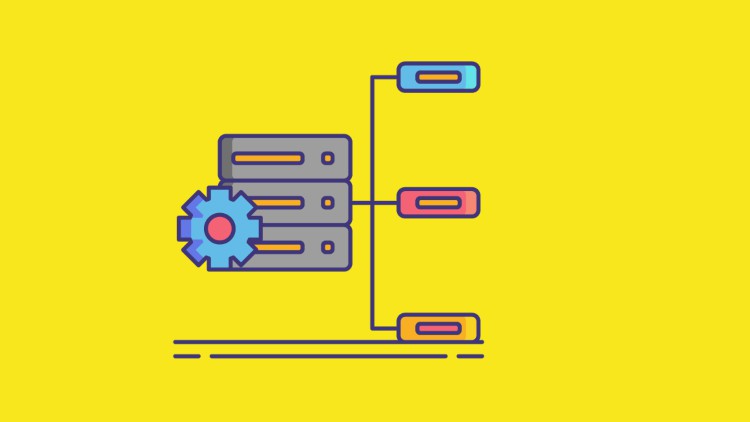Microsoft Power BI: Connect |Transform | Visualize| Publish
Connect to data then transform, visualize and publish.
4.27 (41 reviews)

3,692
students
2 hours
content
Oct 2023
last update
$19.99
regular price
What you will learn
Setup Power BI Environment
Explore Power BI Desktop
Explore Power BI Service
Connect to data sources
Extract Data
Transform Data
Visualize Data
Publish Data
Related Topics
4131698
udemy ID
6/18/2021
course created date
6/22/2021
course indexed date
Bot
course submited by